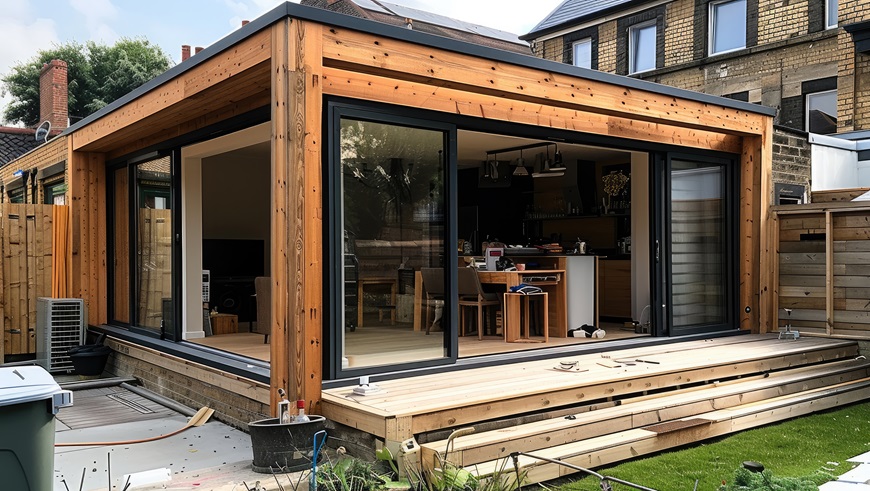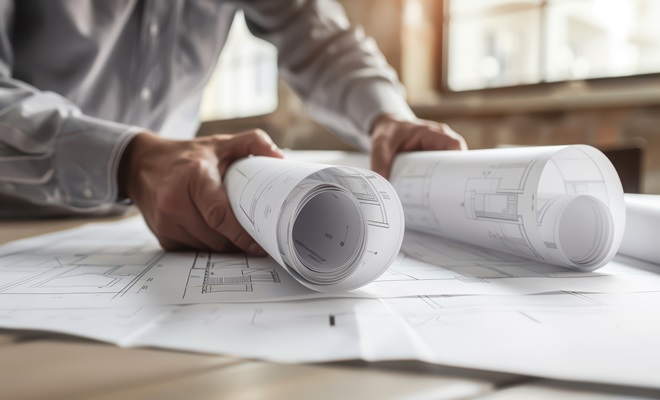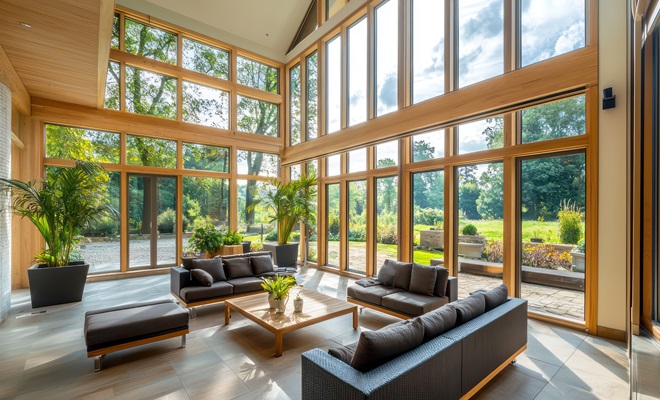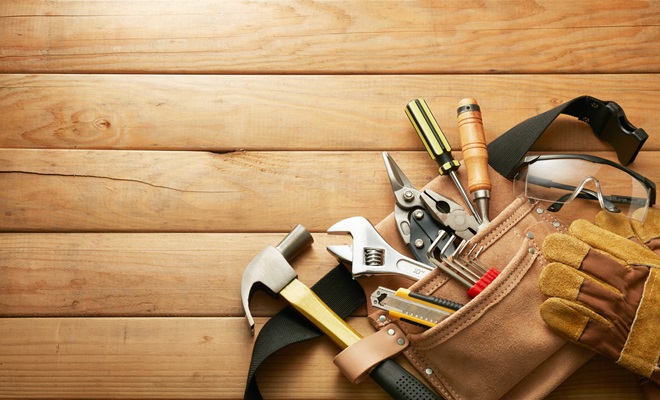Timber Frame Extension Cost
Last updated 21st May, 2025
Looking into timber extension costs in the 2025?
Recent regulatory changes in the UK have led more people to consider upgrading their existing property to add more liveable space — rather than moving somewhere new.
On average, timber frame extensions cost between £1,200 and £2,000 per square metre. This is higher than what a typical house extension costs, but they're a premium option that's growing in popularity across the UK.
This essential guide covers everything you need to know about timber frame extension costs. This includes an overview of single storey and double storey timber extension costs, what impacts the prices you're quoted, what's involved, and much more!
Let's get started!

Table of Contents
- How much does a timber frame extension cost?
- Additional timber frame extension costs
- Labour cost of timber frame extensions
- Factors that impact timber frame extension costs
- Timber frame extension process
- Types of timber frame extensions
- DIY timber frame extensions
- Compliance and regulations
- FAQs
- Finding and hiring a professional
- Sources
How Much Does a Timber Frame Extension Cost?
Timber frame extension costs per square metre fall somewhere between £1,200 and £2,000. Where you fall in this range will mainly depend on where you're located in the UK, the complexity of the design you want, and the quality of the finish you're after.
Whether you're looking to get a single storey or double storey timber frame extension, you should expect around 80% of the price you're quoted to go towards labour charges.
This is quite a bit higher than a standard brick-based single storey or double storey extension, where you'd typically see labour account for around 60% of the total cost you're quoted by tradesmen.
So, why is the labour cost of a timber frame extension so much higher?
It's because you'll need to invest more time and money into the planning process and hire more specialist labour to complete the project — who typically charge higher prices than tradesmen who build brick-based extensions.
Timber Frame Extension Prices
Now, let's take a look at typical costs for timber frame extensions of different sizes in the UK.
| Description | Size | Cost |
|---|---|---|
| One Storey Timber Frame Extension Complete | 20m² | £15,000 - £45,000 |
| One Storey Timber Frame Extension Materials | 20m² | £3,000 - £9,000 |
| One Storey Timber Frame Extension Labour | 20m² | £12,000 - £36,000 |
| Two Storey Timber Frame Extension Complete | 80m² | £30,000 - £60,000 |
| Two Storey Timber Frame Extension Materials | 80m² | £6,000 - £12,000 |
| Two Storey Timber Frame Extension Labour | 80m² | £24,000 - £48,000 |
| Complex Timber Frame Extension (e.g., wraparound) | Varies | £35,000 - £100,000 |
| Complex Timber Frame Extension Materials | Varies | £7,000 - £20,000 |
| Complex Timber Frame Extension Labour | Varies | £28,000 - £80,000 |
An important note here is that labour costs differ quite greatly from area to area. We’ll cover this in a little more detail below.
Additional Timber Frame Extension Costs
There may be some additional costs relating to the project not listed above as they do not relate to the construction or materials.
Planning Permission
The price for applying for planning permission is £258 for extensions or alterations. There are additional costs associated with planning application drawings between £1,500 to £7,500. However, this is only likely required if your home is a listed building or in a protected area.
Architectural Services
Similar to the planning application drawings fee noted above, if you require any architectural plans or drawings created for a complex or unique extension, you may want to enlist an architect to create some plans. This can cost anywhere from £1,500 to £10,000. However, it is crucial to note that it is for very exceptional projects, and a basic timber frame extension would not likely require these types of plans.

Interior Finishes
Interior finishes and the costs associated with them vary widely depending on the design aspirations you have for the space. Take into consideration everything from plastering and painting to buying the right furniture. Check out our other articles for guidance on the costs associated with interior finishes.
Utility Connections
You may need to enlist a plumber and electrician to connect in extra outlets and to plumb in any radiators or running water, depending on the function of the extension. These may or may not be crucial to you; again, they are all dependent on your design and function aspirations. For information on plumbing and electrician costs, visit the articles here.
Landscaping Costs
Depending on where the extension has been erected, you may need to hire a landscaper to work around the perimeter of the extension. This may be the installation of grass or paving or simply just to tidy up the area to give it the best finish. Landscapers typically charge around £28 per hour, region-dependent. Find out more information on landscaping here.
Waste
Naturally, there will be some waste generated from the building project, both from the preparation and construction process. You will need to hire a skip for the duration of the project, with a cost in the region of around £300-£400, although the total cost of waste removal can be much higher depending on the size of the project.
.It's worth double-checking that this is included in the quote, as some tradesmen will include this as a necessary resource and will factor it into the quoted price.
Timber Frame Extension Cost Breakdown Calculator
The total cost for building a timber frame extension is: £24,000
Labour
£17,000
Materials
£5000
Waste Removal
£2000
Labour Cost of Timber Frame Extensions
As you can see from the calculator above, labour costs are the main portion of the overall project. Now, these costs will be included in the initial quote, along with the materials, but any additional costs won’t be covered. So, things such as plastering and flooring, unless specifically stated.
What should be included is things like doors and windows, but again, clarify all of this before committing to the work and ask for an indexed list of costs.
There is more to the labour than just the act of construction. Bear in mind that there is a planning and design phase, consultancies, preparation of the site and then the finishing and final inspections. All of this is time and labour-intensive, so that is what you are paying for. Things like adverse weather can impact the timescales, but should not impact the overall cost.
Factors That Impact Timber Frame Extension Costs
As with costing almost any job, there are always other factors that may influence the end price. Timber frame extensions are no different, with the size of the extension, the materials and any additional features all contributing to the final cost.
Size and Complexity
The obvious starting point for pricing is to consider the size and complexity of the extension. A simple, one-storey small extension will be a much quicker, easier and simpler job than that of a two-storey extension. Similarly, any extension that requires building to multiple stories or in an overly complex way is likely to attract additional costs relating to scaffolding, materials and other necessary systems.
When complexity is mentioned, it's important to understand what this is exactly. A simple square timber frame conversion comprising of maybe one small window will be incredibly quick and straightforward.
However, for extensions like an orangery or wraparound extensions, there are many more factors and things to consider, not to mention additional materials and resources. Orangeries require a different frame and roof to work with the mass amounts of glazing, and the unique shape of wraparound extensions really impacts the price and time to complete, which in turn raises the labour cost.
Quality of Materials
The quality and type of materials are another aspect of consideration. Typically, timber frame extensions are made from one of the following woods:
- Red Oak
- White Oak
- Cedar
- Pine
- Fir
- Spruce
These wood options are all similar in terms of both cost and suitability. However, for a more premium timber extension, then red oak is the one exception worth considering - as it is typically more expensive by comparison.

Additional Features
Additional features must be considered when breaking down the likely price of a timber frame extension. Things like orangeries require high levels of glass and make the structure a little more complex, so bear this in mind when designing and asking for quotes.
You should also consider all of the additional aspects of the finished job. For example, insulation, external cladding, roofing and interior finishes will all be necessary for the extension but will come with associated costs.
You have many different options when it comes to additional features, which mainly depend on the function of the extension.
There are a number of options for cladding and roofing that either suit a budget or a function. For example, if you want to use the extension as a kitchen, you may want to include a skylight or extraction fan into the roof, or maybe you want to install a unique floor in a living space. The options are endless here, and it gives you the option to be as creative as you want to be.
Timber Frame Extension Process
The process of a timber frame extension is fairly straightforward and can take up to around 4-6 weeks. Of course, things like adverse weather or scheduling issues can extend this timescale, but without delays, this should be the general process using a good sized single-story extension as an example:
Week 1 and 2
In the first week, work will be undertaken to prepare the site for the extension. The design plans will have already been created, so once the preparation work is complete, the joiner will build the timber frame panels either onsite or will have them transported from the factory toward the end of the first week and into the second. The frame is made of horizontal rails and vertical studs, and the panels will either be nailed or stapled to the frame. The roof will also be installed as early as possible.
Weeks 3 and 4
The insulation and cladding will be installed over weeks 3 and 4; external cladding is typical brick, which is connected to the timber wall panels via steel wall ties. Once the building is watertight, interior work can begin, including any plastering and flooring work, along with the necessary plumbing and electrical work.
Week 5 and 6
Finishing work will be covered in week 5, and final inspections and checks will be completed.
Types of Timber Frame Extensions
Choosing the right timber frame extension depends on what you're planning to use the extra space for, likewise this can be affected by how much space you have available and the budget you're working towards. Below we take a quick look at some of the most popular options in the UK.
Single-Storey vs Double-Storey Extension
- Single-storey Extension - Most affordable and quicker to build, often used for kitchens, home offices or additional living space.
- Double-storey Extensions - Ideal for substantially expanding your property when adding rooms such as bedrooms or extra bathrooms.
Orangery vs Conservatory
- Orangery - Combines a mix of brick and glass with a glazed roof lantern for extra light, to create a room suitable for all year round.
- Conservatory - Cheaper than an orangery or timber extension, standard conservatories are glass-based, and best utilised in the warmer months.
Timber Frame vs SIP Extension
- Timber Frame Extension - As covered above, timber framed extensions provide a cost-effective investment with a traditional looking addition to your home.
- SIP Extensions - There are less design options available using SIPs (or Structural Insulated Panels), however they are effective and fast to build with and highly energy efficient.
DIY Timber Frame Extensions
It is possible to erect a timber frame extension as a DIY project. You can purchase pre-manufactured kits that provide the structure of your extension. However, this is just the structure and does not include the roofing, cladding or any internal finish.
As such, you would need to be already adept at building and make arrangements for the rest of the building to be completed. You would require a wide range of tools to erect the structure safely, and due to the size and complexity of the project, it wouldn't be advisable to take this route.

There are certainly some elements of the project that could be managed by a skilled ‘DIY’er’ such as plastering, decorating, and even the door fitting. However, the structure itself is too much of a safety concern for someone without the appropriate skills and equipment to carry out.
Compliance and Regulations
There are many things to consider compliance-wise with timber frame extensions. Firstly, you should communicate with your local council and your builder to discover whether planning permission is necessary for your intended extension. If you require planning permission, you can apply directly on the Government website, and the process takes around 8 weeks to receive a decision.
Next, consider the size and height of the extension, as it cannot occupy more than half the area or be higher than the highest part of the original building. The extension also cannot be more than 3 metres high within 3 metres of a boundary.
You can find detailed information relating to timber frame extension regulations and compliance for house extensions on the government website here.
FAQs
SIPs stands for Structural Insulated Panels, and is pre-fabricated in a factory. During this pre-fabrication insulation and panels will be installed, so the SIPs panels come as a complete system that can be installed quickly and easily on site. SIPs are heralded for their incredible thermal performance and speed of installation. However, it can be a little more costly when it comes to materials, and it isn’t as flexible for those more complex extensions.
Finding and Hiring a Professional to Build a Timber Frame Extension
Finding and hiring a professional is one of the most crucial parts of any project, and you should take time and consideration when doing so. Here are some top tips for finding and hiring a professional.
- You should never take the first price you receive; instead, take the time to speak to a number of different professionals in your area for quotes. Not only will this ensure you are receiving a fair price, but you may find that some come up with new and unique ideas for the project that you hadn't thought of before.
- Look into reviews and testimonials. You will also come across examples of previous work so you can see that it matches up with your desired outcome.
- Don’t underestimate the power of word of mouth. Often, the best way to hire a trusted tradesman is to ask around, especially if you can see someone in your area who has had a similar project completed at their home. There is no better means of verifying the quality and skill of a tradesman than to look at some of their recently completed work.
- Use social media sites like Facebook to help you find reputable tradesman as these sites offer a lot of previous client and customer reviews, which will be honest and associated with a person. The lack of anonymity increases the quality of the reviews and gives you the best peace of mind that you are hiring the right person.









